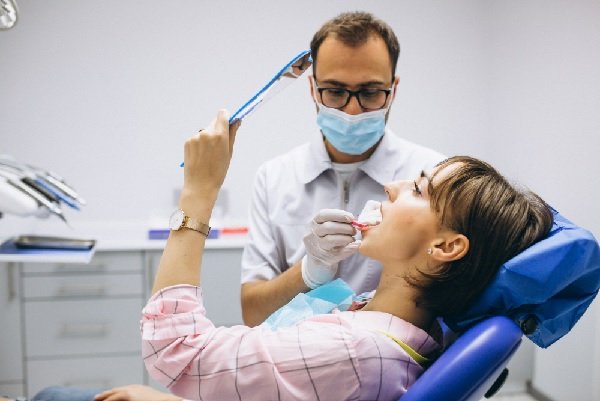For so many people who live with Charcot-Marie-Tooth disorder (CMT), everyday activities become huge obstacles. This progressive illness impacts the peripheral nerves causing weakness in muscles and loss of feeling in the extremities, specifically the hands and feet.
When speaking of CMT, we immediately imagine someone having walking difficulty, foot drop, or balance problems. However, there’s another very intimate battle being waged in a place we least think of: the mouth.
While CMT doesn’t target your teeth directly, it launches a silent assault on your ability to take care of them. The nerve degeneration that happens in your hands and feet may render holding a toothbrush, flossing, or even sitting in a dentist’s chair a significant challenge. The repercussions of being defeated in this silent struggle may be dire, including an enhanced susceptibility to gum disease and tooth decay. Here are a few tips to help you ensure better oral hygiene while living with CMT:
Learn to Use Your Dental Tools
For many with Charcot Marie Tooth disorder, holding a thin, slippery toothbrush when your hand muscles are weak and your grip is compromised can be difficult. A clever idea is to use a tennis ball. Place it on the handle, and you’ll have a larger, more stable grip that doesn’t require you to be precise in order to use it. You can also consider an electric toothbrush to make things easier.
Similarly, flossing is never easy if you’re struggling with CMT, as it requires some level of dexterity to be able to maneuver a thin piece of string between your teeth. A good idea would be to use water flossers and floss holders. A floss holder comes with a handle, so it becomes easier to guide the floss. On the other hand, a water flosser uses a stream of pressurized water to make it easier to reach areas between your teeth.
Managing Saliva and Dry Mouth
Another way CMT can hurt your oral health is by disrupting the functionality of salivary glands. You need saliva to neutralize acids, flush out food particles, and prevent cavities. However, in some people with CMT, the muscular coordination required to swallow can become impaired, which often leads to two scenarios:
- You end up with far more saliva than you’d like, so you’re spitting excessively.
- You don’t produce enough saliva; this is known as zerostomia, or dry mouth, which often occurs as a side effect of medication used to treat CMT symptoms.
The most important thing is to drink enough water. Just sipping on water all day can help keep your mouth moist. However, if water isn’t enough you may want to use some saliva substitutes, which are available in sprays, gels, and rinses. If you’re drooling excessively, you may want to connect with a speech and language specialist to learn to manage everything. Sometimes, you may also need drugs or even Botox injections to regulate the salivary glands.
Endnote
It can be challenging to live with Charcot-Marie-Tooth disease, but you can manage things more effectively when you know how to make small adjustments to your dental tools, monitor your oral hygiene, and establish a good rapport with your dental team.



